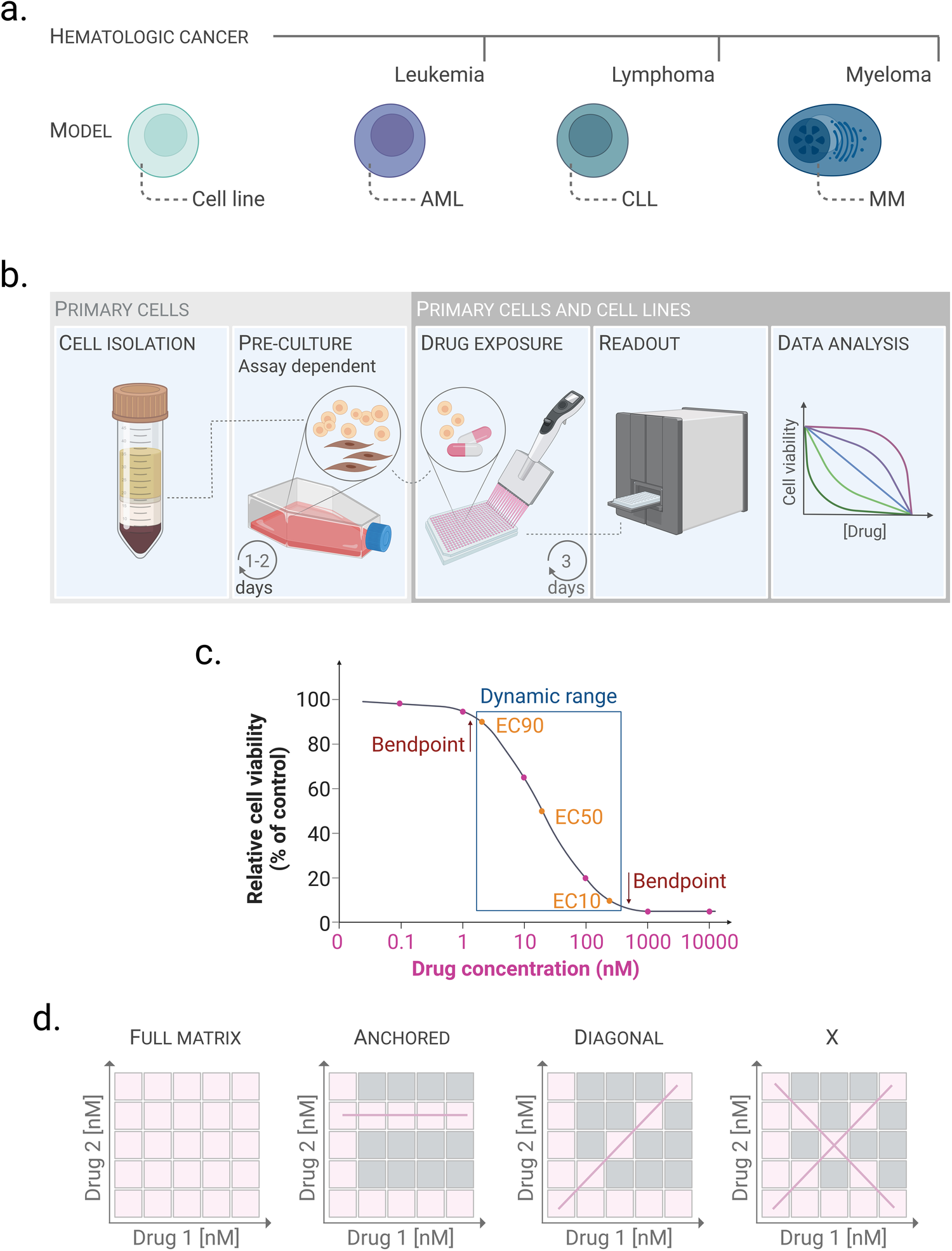Fig. 1: Drug sensitivity testing and drug library design.
From: Standardized assays to monitor drug sensitivity in hematologic cancers

a Hematologic cancers are classified into three main types—leukemia, lymphoma and myeloma. We have developed drug screening protocols for cancer models that represent each of the three classes—AML, CLL and MM. Cell line models exist for these and additional diseases and can thus represent several disease types. b Illustration of the common principles of drug sensitivity protocols for hematologic cancers. Cell isolation and pre-culture (left panels) are specific to primary cells and are assay dependent. Primary cells or cell lines are incubated with the drug library for 3 days. Cell viability is then assessed, and the data are analyzed and presented. c Drawing a concentration-response curve to efficiently calculate EC50 (half maximal effective concentration) requires minimum 5 drug concentrations, and ideally 6 drug concentrations: Two before the low bend point, two after the high bend point, and at least one in the slope. From these concentration-response curves the EC50 and the dynamic range can be calculated, which is the concentration range between EC10 and EC90. The drug concentrations are usually in the nanomolar range, but must be optimized by the user for each drug and cell type. d Illustrations of different drug combination designs. In this example, each drug (drug 1 and drug 2) is screened at 5 different concentrations. The drugs can be combined at each included concentration (full matrix; first panel); with one of the drugs at a fixed concentration (anchored; second panel); with each drug at the same concentration (diagonal; third panel); or at the fixed-ratio x-design (x; right panel). The pink boxes indicate the tested concentrations, the gray boxes indicate the excluded drug concentrations. The pink line highlights the matrix design. The figure was created with biorender.com.
